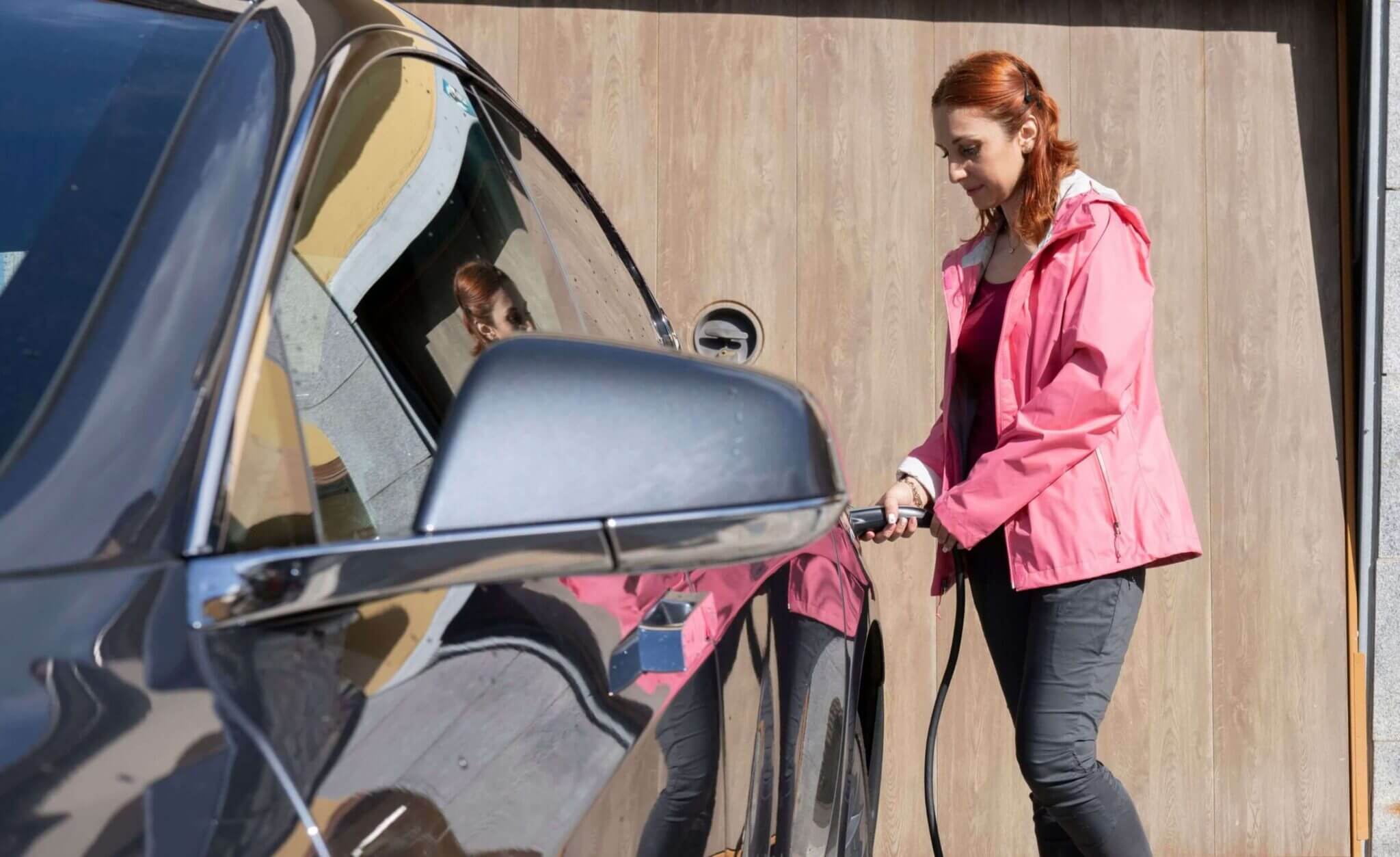What To Consider Before Setting Up an EV Charging Station at Home

Setting up an electric vehicle EV Charging station at home will provide you with reliable and convenient charging. But, before doing so, there are important considerations to help ensure you wind up with the right setup to fit your needs. For Level 2 home charging, which is up to 8x faster than the Level 1 chargers that come standard with new EV purchases, installation decisions should be informed by the following:
- • Where should the purchased charger be set up?
- • What’s the range of distance from charger to EV?
- • Do I have or need a 240v outlet to plug in?
- • Do I want to have the electrical hardwired?
- • Distance from the charger to an electrical outlet
- • Electrical panel information
- • Should an electrician be hired to set up your charger?
- • Do I have a reference for a Certified Electrical Installer?
- • Should I consider installing additional charging stations in the future?
As you can see, there is a lot to consider when setting up an EV Charging station at home. But by planning ahead, and installing the correct EV Charging system for your needs, you can avoid costly mistakes and pitfalls, as you work to get on your way to fast, safe, and convenient home charging.
EV Charging Station Setup Checklist
If you have a garage, that’s generally the best and most convenient place to set up an EV charging station at home. However, that’s not the only safe spot. For instance, chargers like the Hypervolt, Myenergi, Pod Point, Project EV, and Andersen A2 are IP66-rated, meaning they are certified for indoor or outdoor charging in conditions ranging from -22℉ to 122℉ (-30℃ to 50℃). A charger exposed to temperatures outside of this certified range can decrease the functionality of the product.
If you choose to set up your electric car home charging station in the garage, the distance from your ideal installation location and an existing power source, and your access to an electrical panel, are important. Chargers like the Myenergi and Pod Point come with either an 5- or 7.5-meter cable, offering plenty of length for most two- or three-car garages. Most of these chargers come standard with a Type 2 plug for easy installation, or the plug can be removed for a hardwire install by an electrician.
<6>Where does needing an electrician come in?No matter where you want to set up an EV charging station, you will need a 32A Type 2 outlet. If you don’t have one of those already, it’s recommended to hire a certified electrician to install the outlet and your new charger. If you purchase a standard unit, it’s a simple plug-and-charge solution. Some smart units, such as the Hypervolt or Myenergi,connect to home Wi-Fi and and are controlled via mobile apps, offering better control over the charging experience. These apps provide remote control access from anywhere, making it easy to set up time-of-day charging when electricity rates are lower.
All chargers come with a Type 2 plug, for connecting to a 50-amp electrical circuit or stronger, and a mounting bracket for easy installation. The 50-amp requirement is key, as the UK Wiring Regulations (18th Edition) requires a minimum panel amperage of 100 amps. You can find your electrical panel’s amperage listed on your main circuit breaker.
Having a certified installer to assess your electrical needs and safe installation future proofs your own charging station.
Set Up an EV Charging Station
If you want two or more chargers at home to provide simultaneous charging, some charging stations have load management capabilities that control how much electrical load is applied to the circuit from your chargers, allowing for two or more charging units.
If you'd like to know more about setting up an EV Charging station at home, or have questions, please visit our FAQs or Contact Us.With over 100 years of innovation in the automotive industry, we bring customers the latest in safe and dependable home EV Charging solutions.